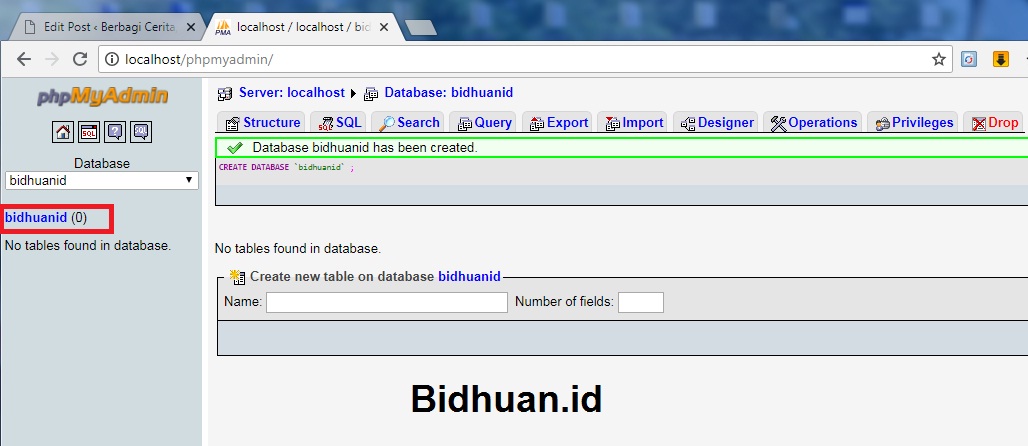
Select the desired database file and click OK. By default, the “ locate database files” dialog box uses the default database file location, but you can navigate to the other location of the database file or provide the location in the “ database data file location” textbox. On locate database dialog box (Screen 2), locate the database MDF files which you want to use to create the database. On the Attach Database dialog box, click on Add (Screen 1). To attach a database using SSMS, first, open SSMS connect to the database engine Right-click on “databases” select “Attach.” See the following image: We can attach the SQL Server database files using the following methods: In “Path” and “File Name” columns show the location of the database files. To view the database files location using SQL Server management studio, open SSMS Connect the database engine Expand databases right-click on “ WideWorldImportors” Select properties. Select db_name ( ) as, type_desc as, physical_name as from sys. Now to obtain the location of database files from sys.master_files DMV, execute the following query.

The difference is between sys.master_files provides the physical location of all the databases and sys.database_files provides the information of the specific database.įor the demonstration, I have restored the “ WideWorldImportors” demo database. We can obtain the location of the database files by querying sys.database_files and sys.master_files dynamic management views.
#Sqlectron create a new database how to
How to find the location of the MDF files LDF file has all the information that can be used to recover a database. It stores the changes made in the database by insert, update, delete, etc. For example, if you want to keep the tables on X drive and indexes on Y drive, then you can keep the tables on the primary data file and indexes on the secondary data file. Secondary data files are useful when we want to stripe the data across multiple drives of the database server. The purpose of the primary data file and secondary data file (.ndf file) are the same. It also contains the vital information of the database. The primary data file contains columns, fields, rows, indexes, tables, and data added by an application.

You can use another extension (*.gbn) to create a primary database file without any error.

mdf is a preferred extension of the primary database file. The SQL Server database stores data in MDF files. First, let me explain about the database files.Ī SQL Server database has three types of files: For now, let's proceed to the next chapter.This article demonstrates different methods to attach SQL Server MDF files. You can perform restoration from the generated testDB.sql in a simple way as follows −Īt this moment your database is empty, so you can try above two procedures once you have few tables and data in your database. The above command will convert the entire contents of testDB.db database into SQLite statements and dump it into ASCII text file testDB.sql. dump dot command to export complete database in a text file using the following SQLite command at the command prompt. quit command to come out of the sqlite prompt as follows − Once a database is created, you can verify it in the list of databases using the following SQLite. If you have noticed while creating database, sqlite3 command will provide a sqlite> prompt after creating a database file successfully. This file will be used as database by SQLite engine. The above command will create a file testDB.db in the current directory. If you want to create a new database, then SQLITE3 statement would be as follows −Įnter SQL statements terminated with a " "

Syntaxįollowing is the basic syntax of sqlite3 command to create a database: −Īlways, database name should be unique within the RDBMS. You do not need to have any special privilege to create a database. In SQLite, sqlite3 command is used to create a new SQLite database.


 0 kommentar(er)
0 kommentar(er)
